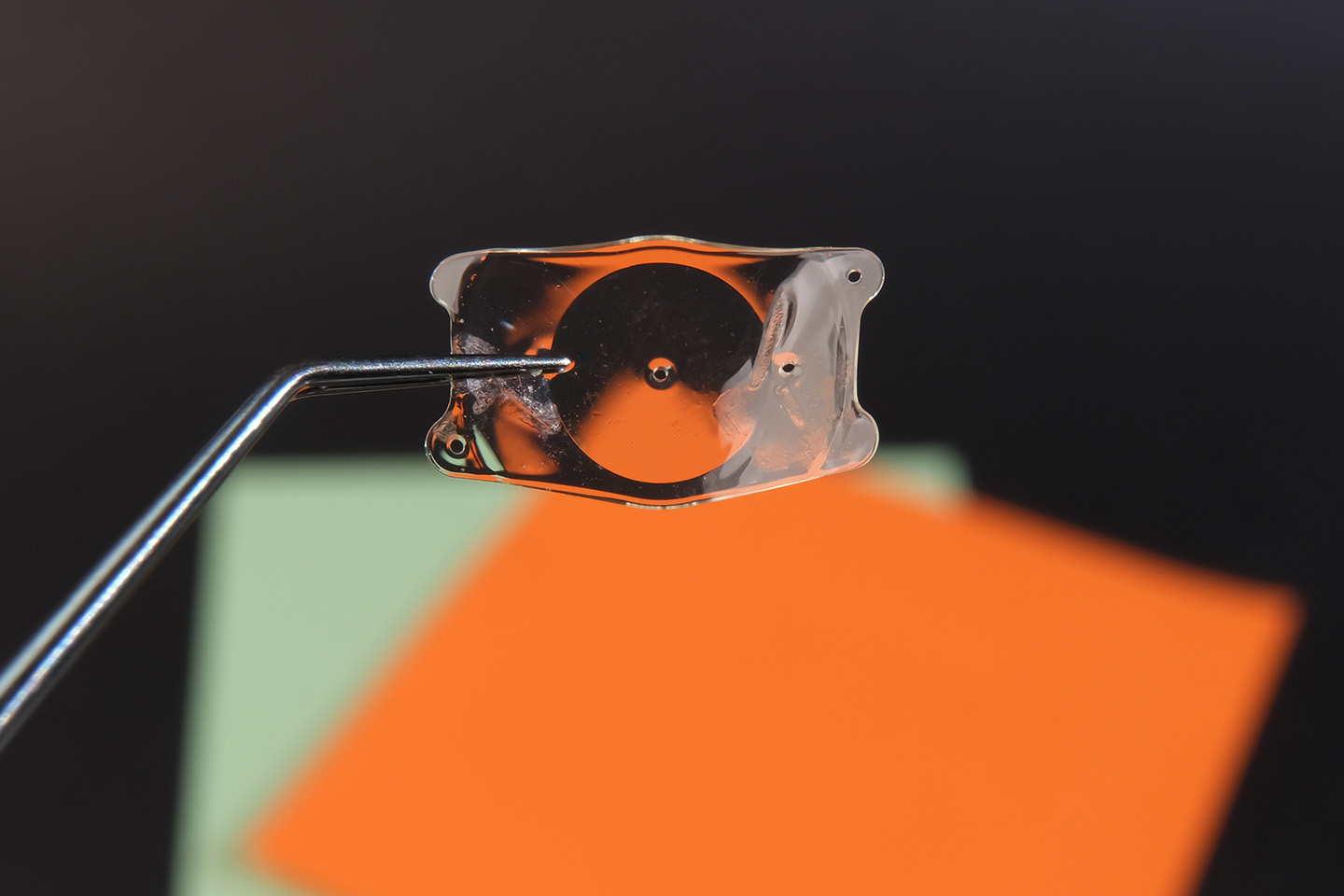Why is My Contact Lens Prescription Different from my Glasses Prescription?

Contact lenses and glasses may share a common purpose, but each comes with its own unique considerations.
For an estimated 45 million Americans, contact lenses provide an effective way to improve vision and avoid the hassle of glasses. Some people in need of vision correction also prefer invisible contact lenses over the aesthetic change of glasses. However, many patients decide to invest in both contact lenses and glasses for different purposes throughout their daily routine.
If you’re considering both contacts and glasses, it’s important to weigh the different considerations of each. For instance, your contact lens prescription will actually be different from your glasses prescription. Here’s what you need to know about the differences between glasses and contacts — and securing the right prescription for each.
What Makes a Contact Lens Prescription Different?
The most immediate factor that makes these two prescriptions different is the distance between your eye and the surface of contact lenses and glasses. While glasses typically rest about 12 millimeters from your eyes, contact lenses — as the name suggests — rest directly on them. This change in distance will affect how each prescription corrects your refractive error: myopia (nearsightedness), hyperopia (farsightedness), or astigmatism.
Additionally, contact lenses come with their own unique considerations that will affect your prescription. For instance, contact prescriptions will include details on the necessary base curve of the lens so as to properly fit your eyes, the lens diameter to specify the size of the lens, and the type of material that you and your eye care specialist decide is the best option for your needs.
Do I Need Both a Contact Lens and Glasses Prescription?
Ultimately, you’ll need two different prescriptions if you intend to wear both contact lenses and glasses. As contacts sit closer to your actual eye, your contact lens prescription will likely be slightly weaker than your glasses prescription.
Your eye care specialist will give you your glasses prescription after a regular eye exam, but for contact lenses you’ll also have to undergo a fitting. This fitting ensures that your contact lenses are well-suited to the particular specifications of your eyes. If you already have contact lenses, your eye doctor may want to examine how your current prescription fits and whether adjustments need to be made.
Who Can I Speak to About a Contact Lens Prescription?
If you’re considering using both contact lenses and glasses, you’ll want to touch base with an eye care specialist first. While glasses are generally safe for everyone in need of vision correction, there are some cases where contact lenses might not be the right choice. For example, patients suffering from dry eyes or blepharitis may want to avoid regular contact lens use.
No matter what decision you and your doctor make, it’s important that you schedule regular eye exams to keep track of changes in your vision and ensure that your prescriptions are up to date. For trusted medical attention from a team of highly trained eye care professionals, reach out to our Mesa and Chandler locations today to schedule your appointment and speak with a doctor who understands your needs.
[DISPLAY_ULTIMATE_SOCIAL_ICONS]








